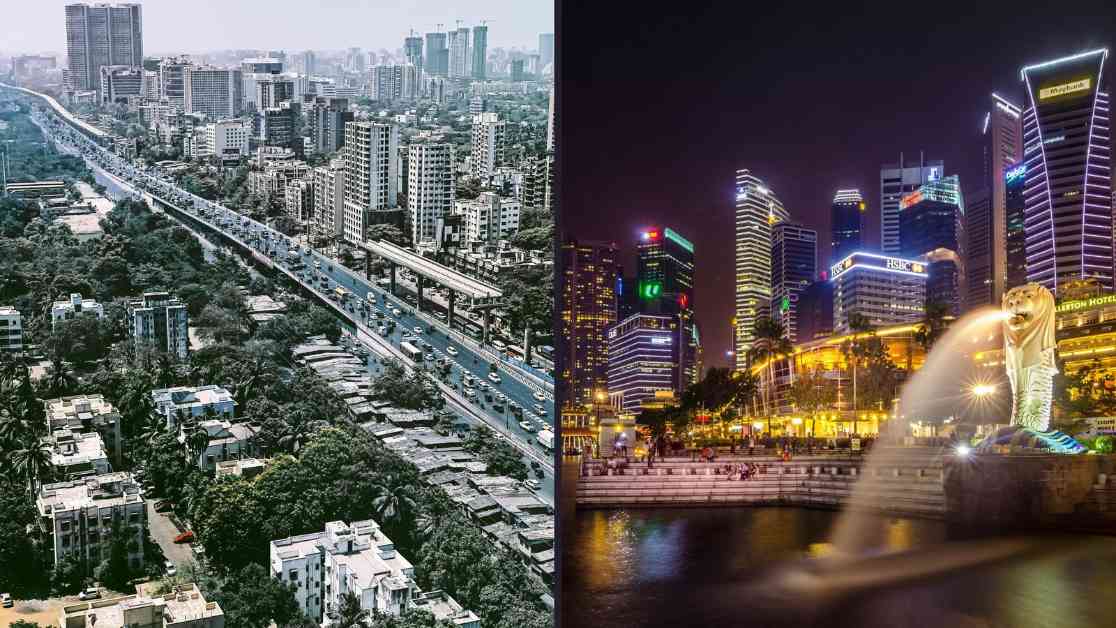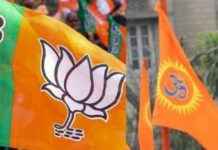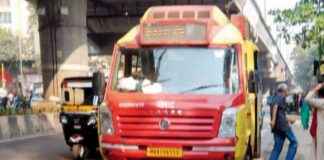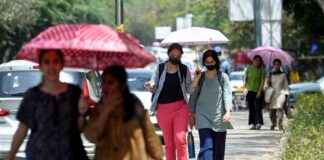Singapore, known for being the most expensive city in the world, has always been associated with high living costs, clean public spaces, and excellent public transportation. However, an Indian tourist visiting the city was surprised to find that prices at cafes and restaurants in Singapore were similar to those in Mumbai.
The tourist, who goes by the name Subi on the social media platform X, expressed shock at how expensive Mumbai is compared to Singapore when it comes to dining out at nice cafes and restaurants, as well as other experiences like getting coffee or taking Ubers. Despite the economic gap between the two cities, she found that restaurants in Mumbai were just as pricey as those in Singapore.
Singapore has consistently ranked high in global surveys on the cost of living, competing with major cities like New York and London. The city’s soaring real estate prices, high costs of car ownership, and upscale dining options contribute to its reputation as a place where luxury comes at a high price. On the other hand, Mumbai is not known for being particularly affordable either.
One key difference between the two cities, as pointed out by several X users, is the purchasing power parity. Many users highlighted the inequality in India, where simple things like grabbing a coffee from a cafe can be considered a luxury costing 450 rupees. This disparity in income levels between India and developed countries like Singapore leads to inflated prices for everyday items in Indian cities.
Some users attributed the high cost of dining out in Indian cities to classism, suggesting that inflated rents and a desire to segregate from the rest of society contribute to the premium pricing. Others countered this argument by pointing out that rent prices in Singapore are much higher than in Mumbai, yet prices for items like coffee remain similar.
Overall, the comparison between Mumbai and Singapore sheds light on the complex factors that contribute to the cost of living in major cities. While both cities have their own challenges when it comes to affordability, the issue of income inequality and classism plays a significant role in determining prices for everyday goods and services. As urban centers continue to develop and evolve, understanding these dynamics becomes crucial for residents and visitors alike.




















